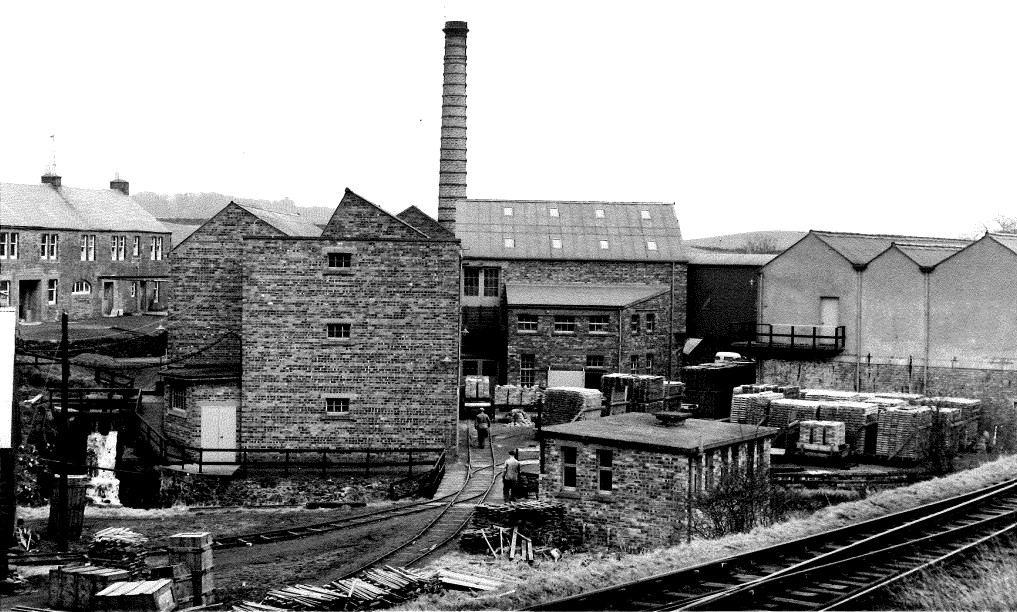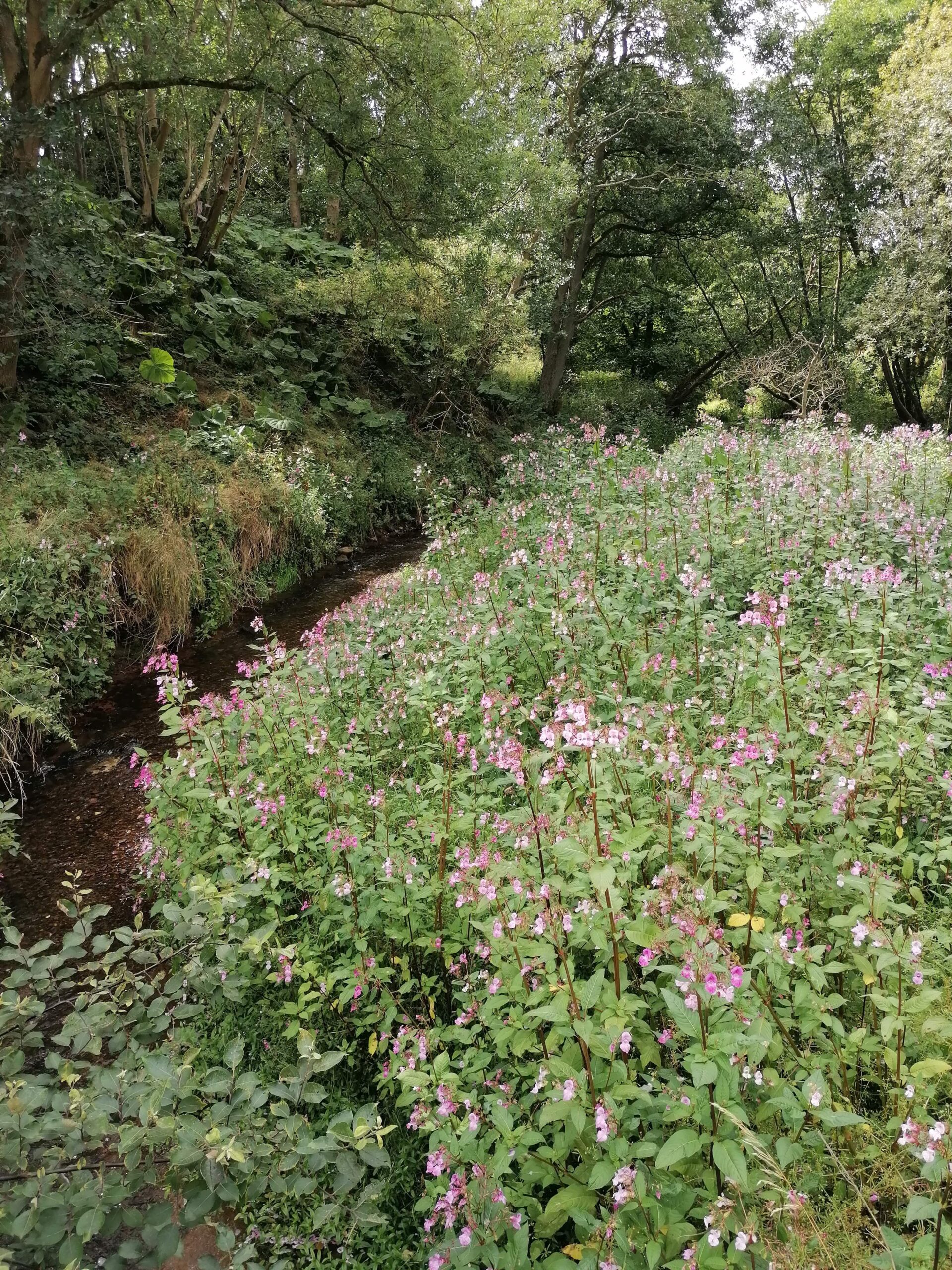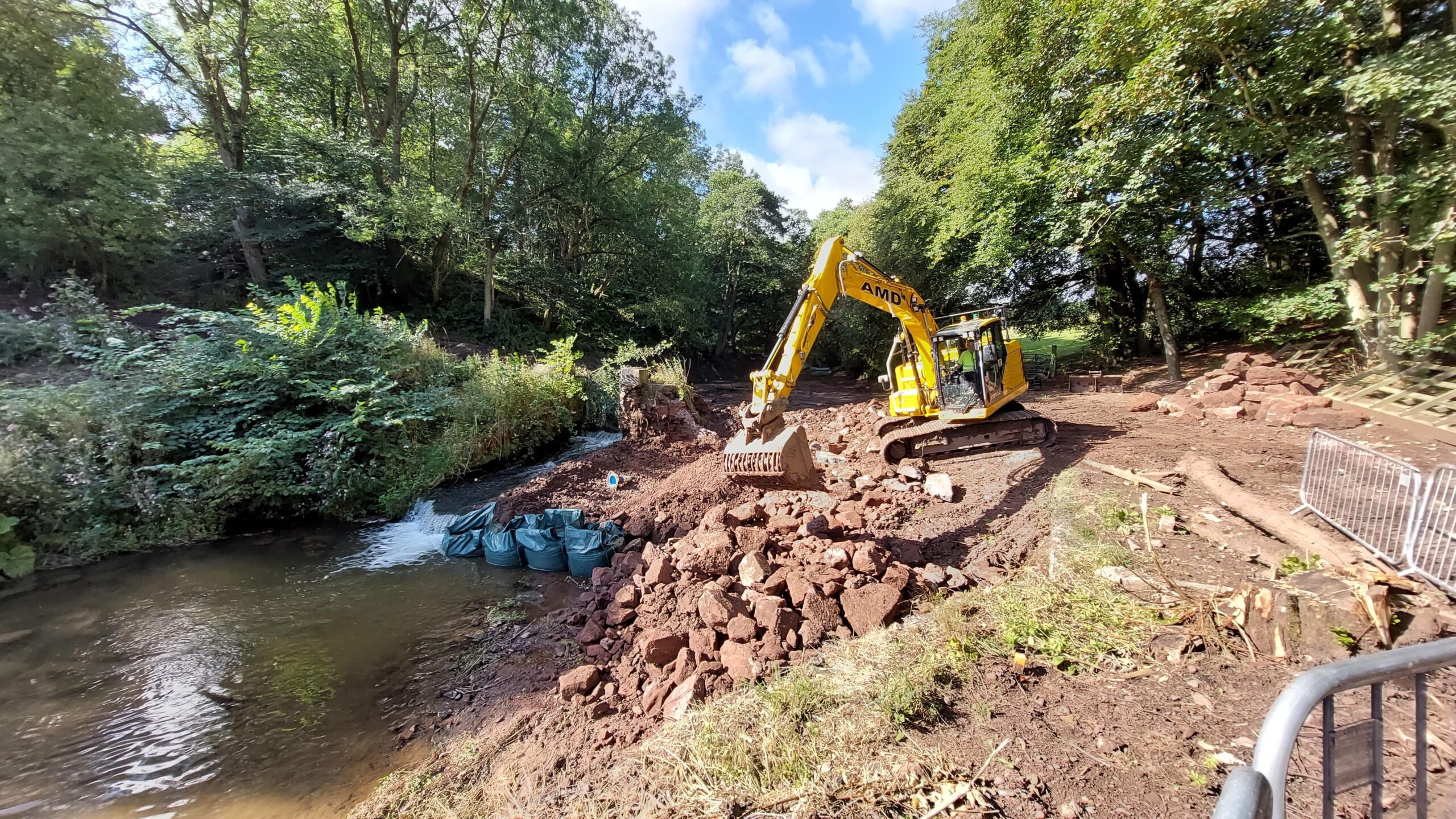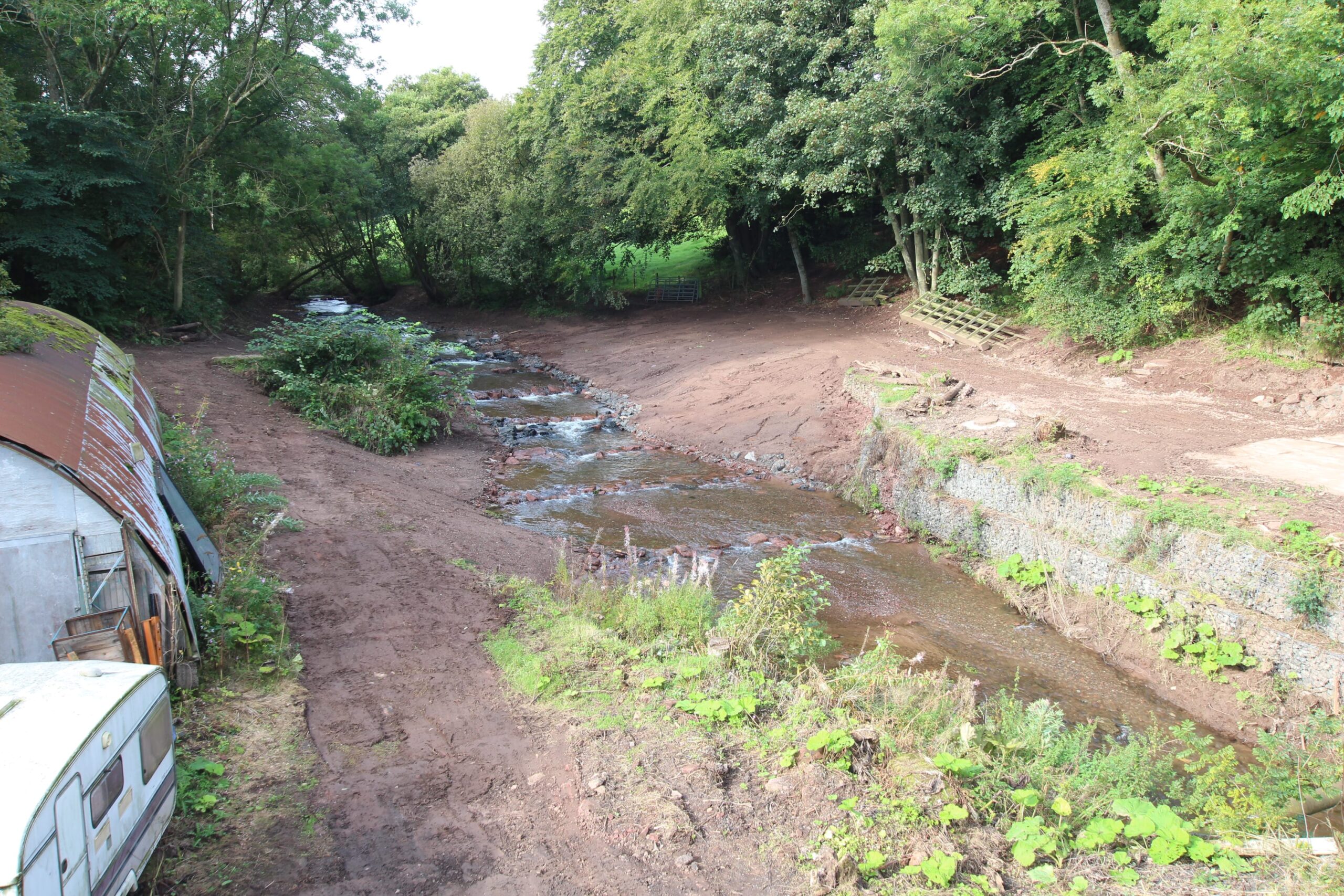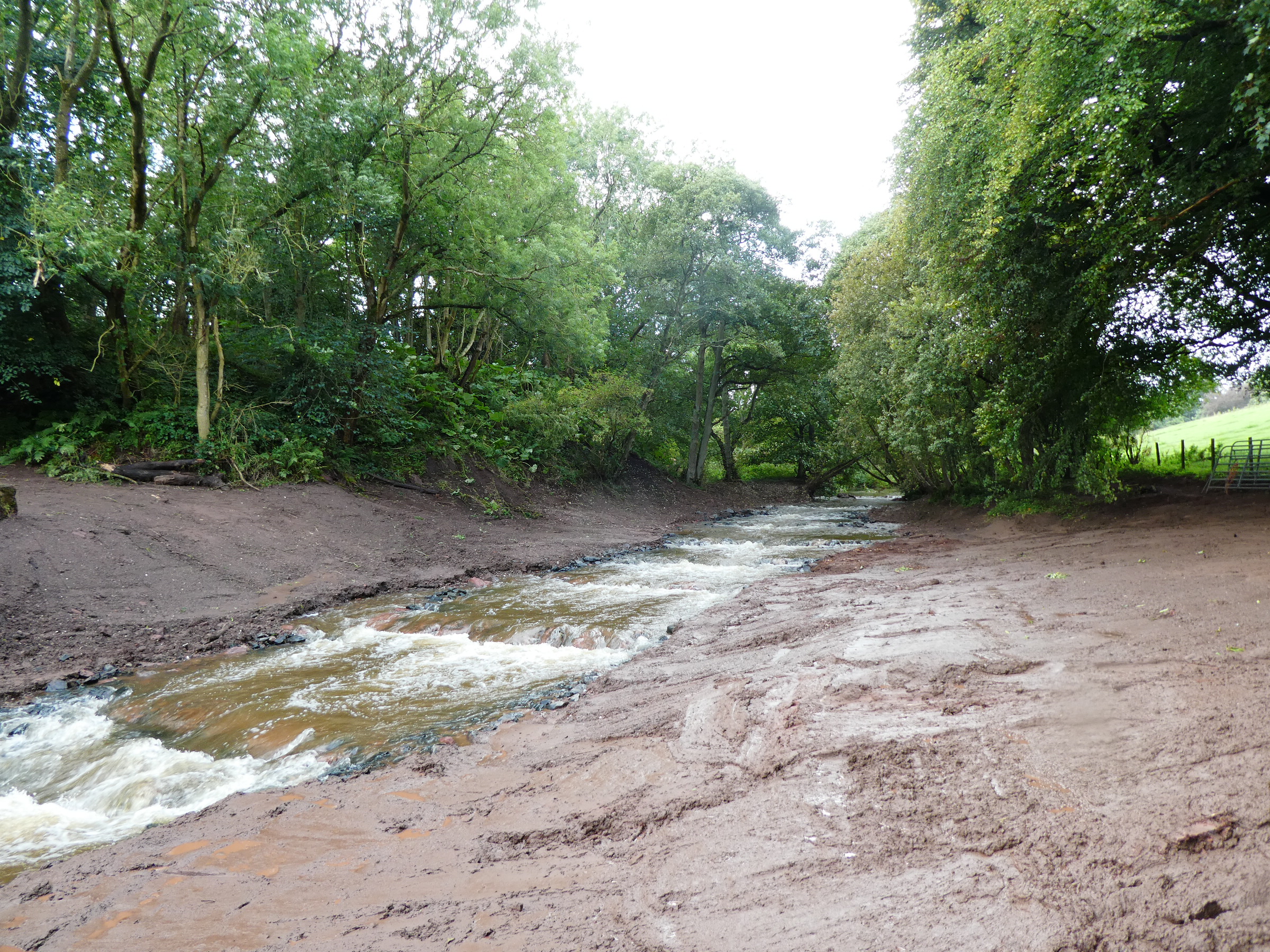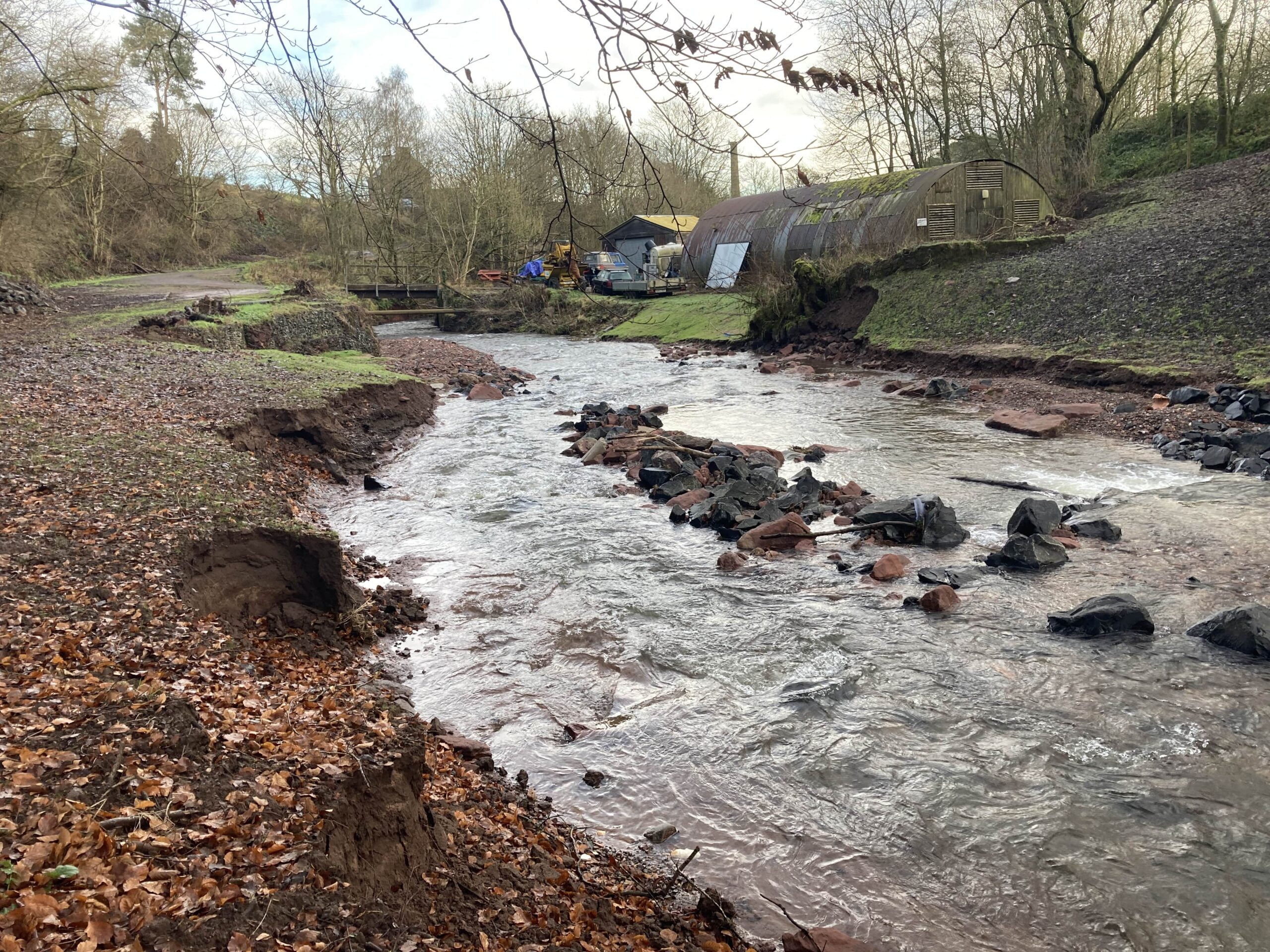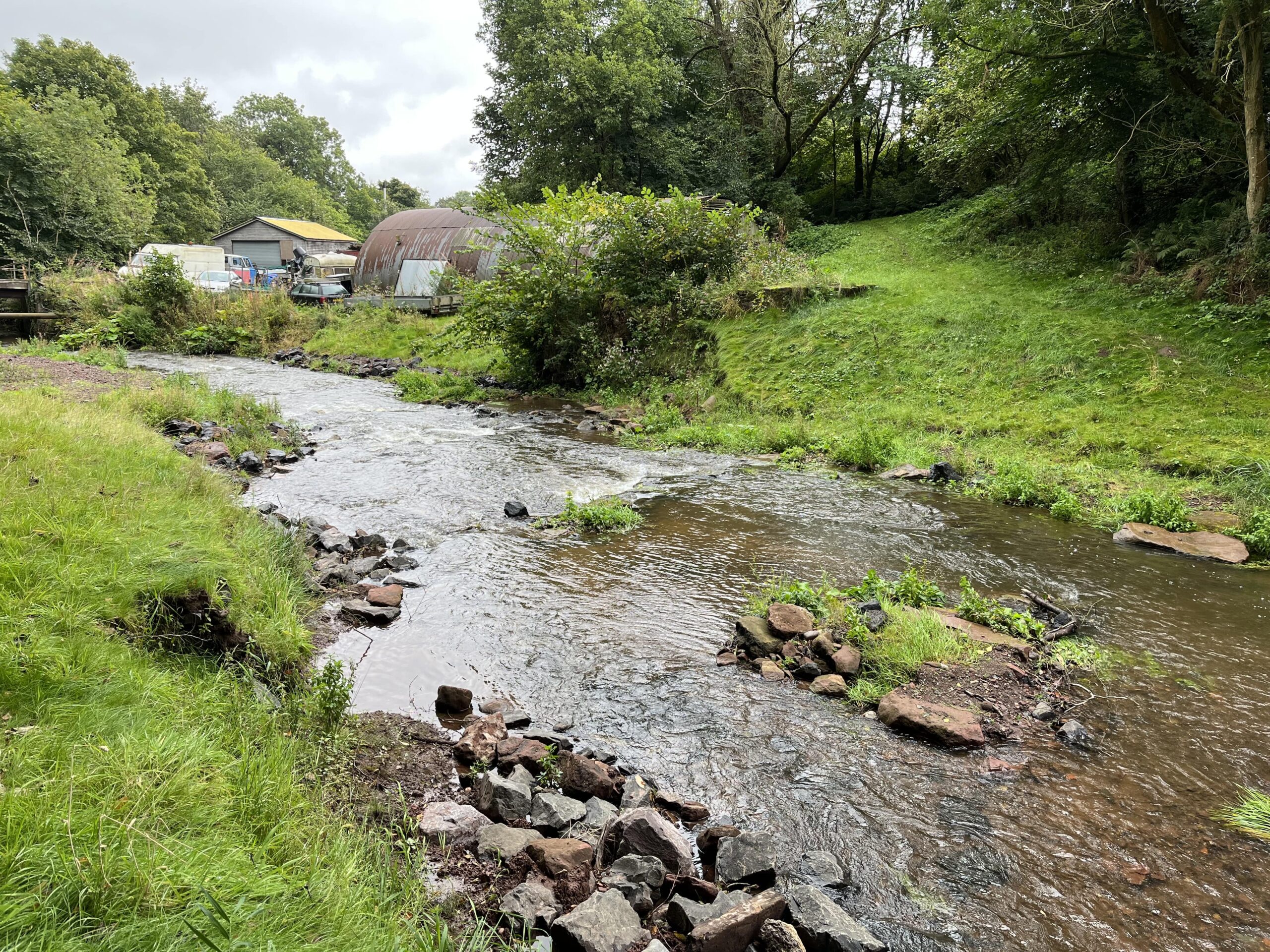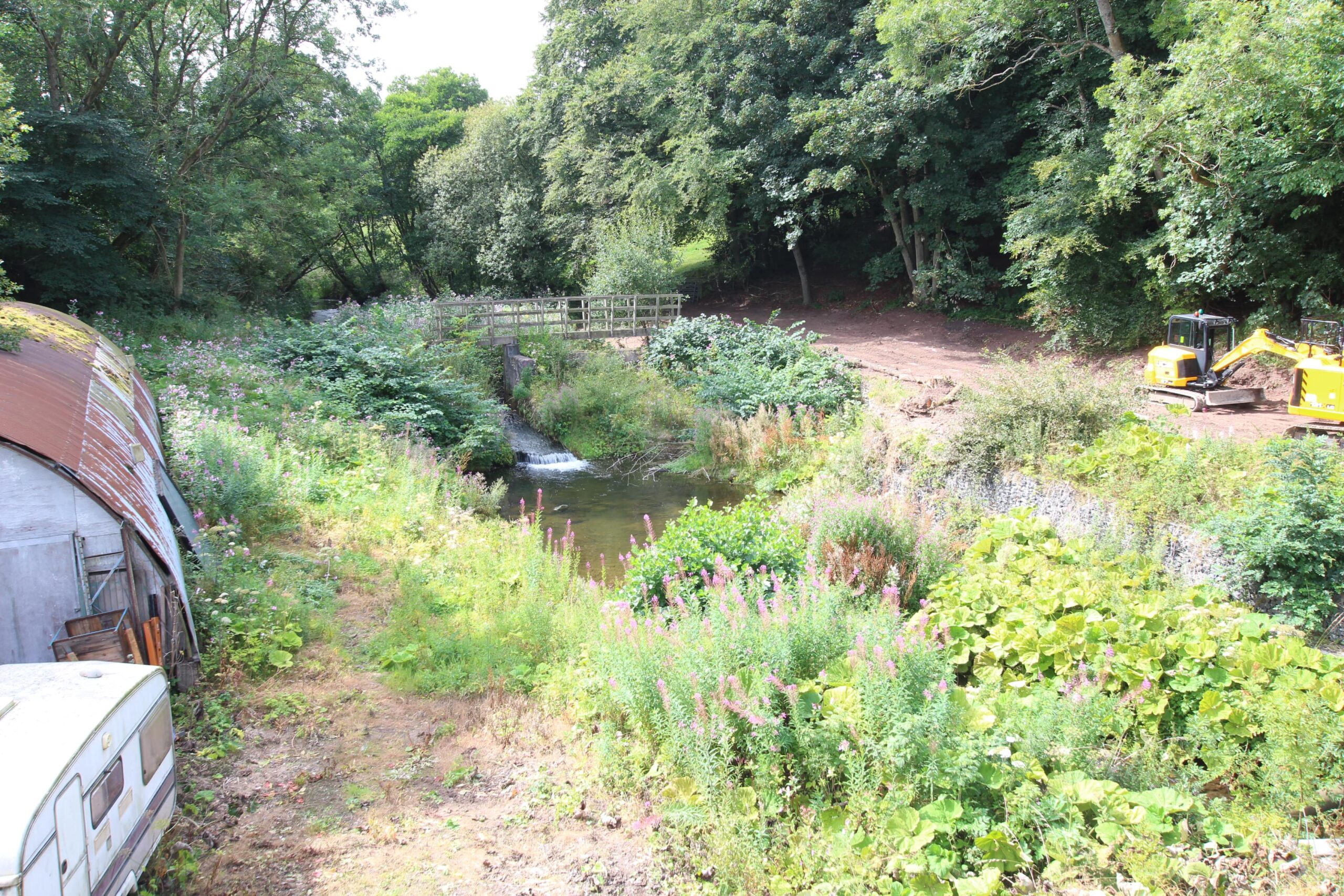Removal of an old mill weir restores fish migration to upper River Eden, Fife
The River Eden
Eden is a 48-km long river in Fife, Scotland with a catchment area of 60 km², running West to East through the peninsula of Fife before entering the North Sea (Figure 1). The river is inhabited by several fish species including the iconic Atlantic salmon (Salmo salar) which has seen drastic declines across the North Atlantic and Scotland, the European eel (Anguilla anguilla) which is classified as Critically Endangered by the IUCN Red List of Threatened Species, the sea trout and resident brown trout (Salmo trutta), and the European brook lamprey (Lampetra planeri). The River Eden has diverse fauna present including species directly connected with the river such as otters (Lutra lutra), Eurasian kingfisher (Alcedo atthis), white-throated dipper (Cinclus cinclus) and occasionally osprey (Pandion haliaetus), which is a specialist fish eating raptor.




